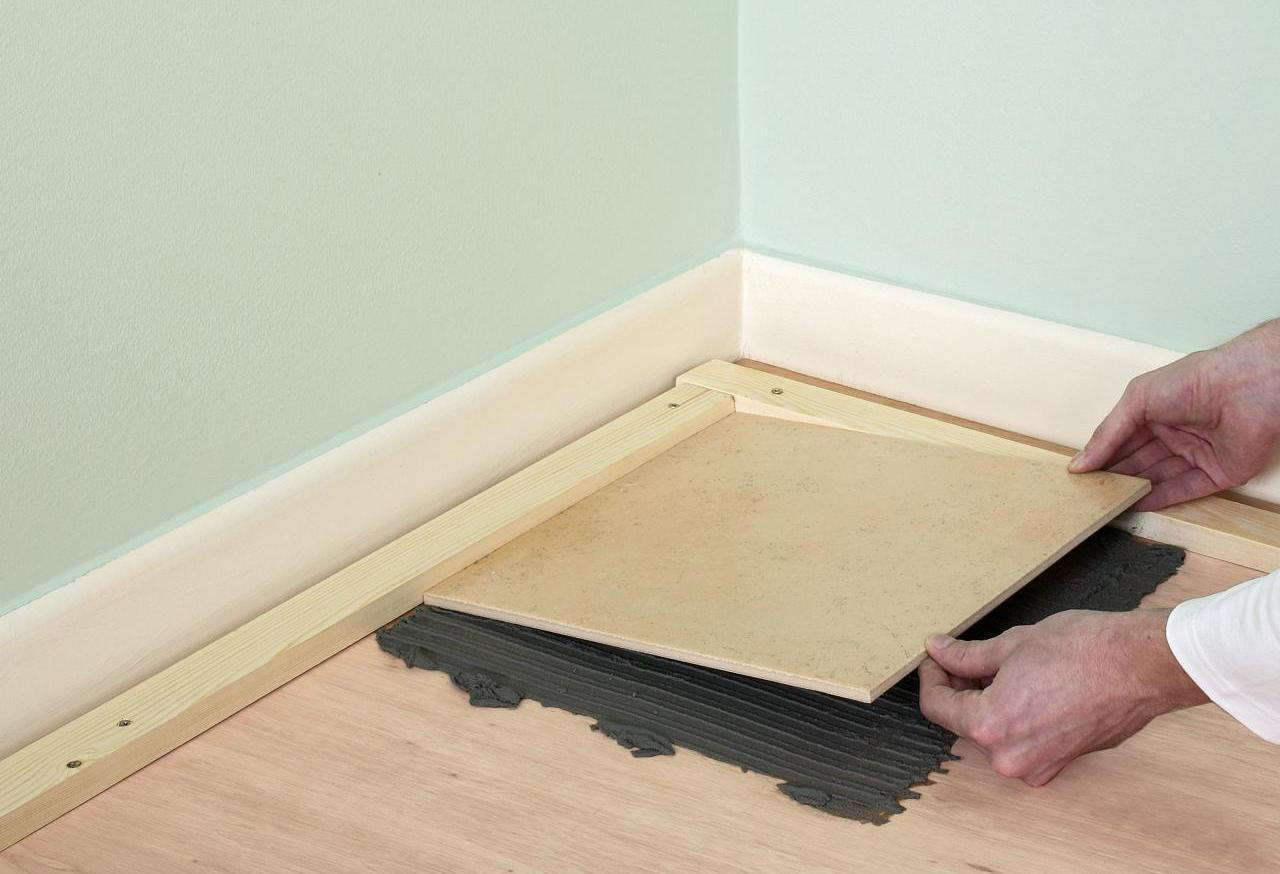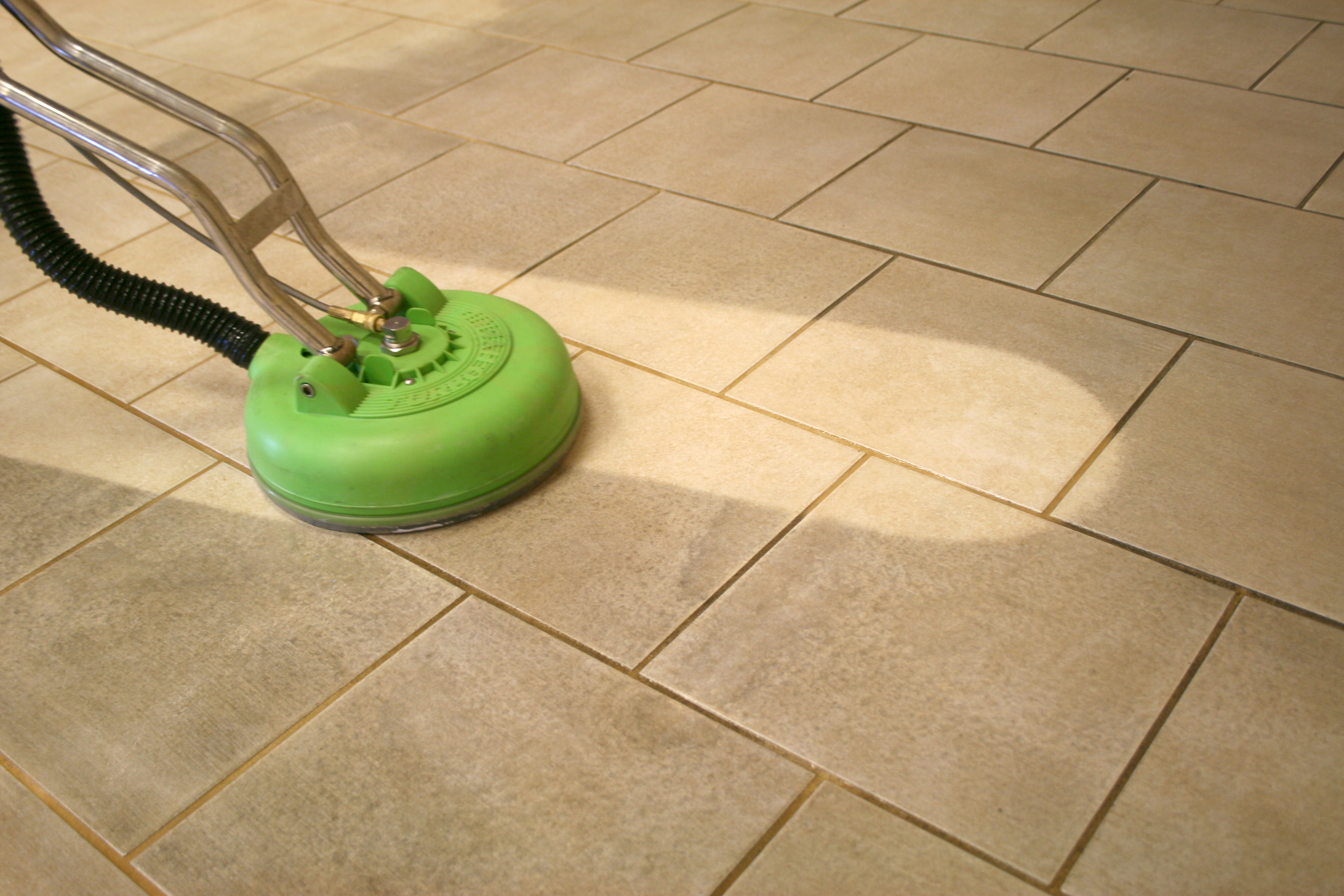Is it possible to lay wall tiles on the floor?
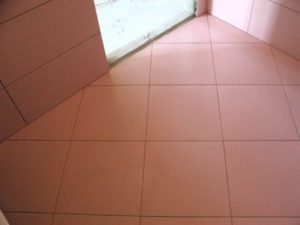 Ceramic tiles have been considered one of the most popular, versatile, functional and beautiful finishing materials for quite a long time. Many people, when purchasing such a coating for wall decoration, often think about the question: can it be used for the floor? To answer this question, it is necessary to understand some of the features of this finishing material, since wall tiles are significantly different from floor tiles.
Ceramic tiles have been considered one of the most popular, versatile, functional and beautiful finishing materials for quite a long time. Many people, when purchasing such a coating for wall decoration, often think about the question: can it be used for the floor? To answer this question, it is necessary to understand some of the features of this finishing material, since wall tiles are significantly different from floor tiles.
The content of the article
Features of wall tiles
Wall tiles differ in their performance properties from floor coverings. Its main characteristics include the following:
- low percentage of wear resistance;
- fragility (compared to floor tiles);
- low level of resistance to mechanical stress.
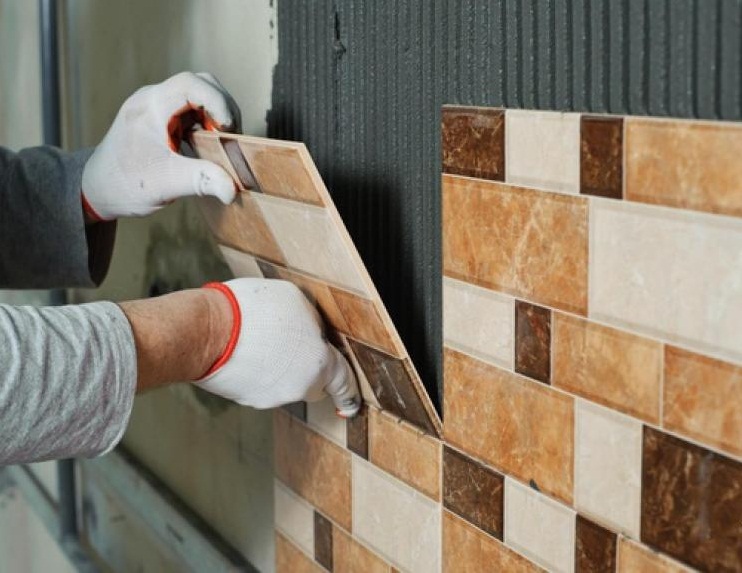
Ceramic flooring differs from wall tiles in its greater wear resistance and lower degree of moisture absorption.
ATTENTION! When choosing tiles, it is necessary to carefully check each element of this finishing material, not only visually, but also by touch. Maximum attention should be paid to such points as cracks, chips, graininess, convexities, concavities and foreign inclusions.
Since this coating primarily performs a decorative function, during its manufacture wear resistance indicators are taken into account only to a small extent.
Floor covering requirements
A high-quality floor covering must meet the following requirements:
- wear resistance - under the influence of gravity and constant friction, a material that is not designed for such an impact can quickly lose its appearance;
- resistance to chemicals - floor coverings are washed much more often than wall tiles;
- increased strength - the floor covering has to withstand a significant level of load, which wall tiles in some cases may simply not be able to cope with;
- safety - the floor covering should not be slippery.
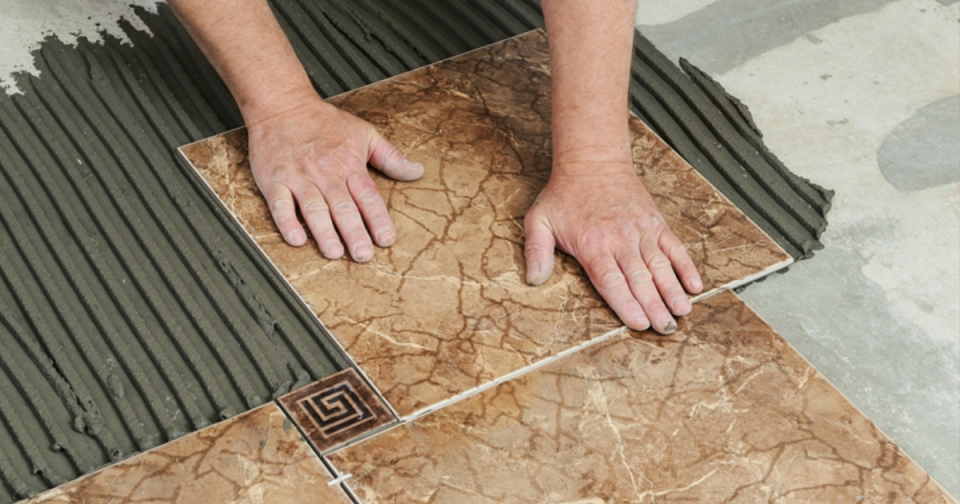
Is it possible to lay wall tiles on the floor?
If, due to certain circumstances, the need to lay wall tiles on the floor nevertheless arises, it must be taken into account that the larger the tile, the lower the level of strength it will have. Since the strength of ceramic wall coverings is less than that of floor coverings, it is necessary to take into account the following requirements:
- the room should have little traffic (this could be an insulated balcony, a storage room, etc.);
- the floor should not have protrusions or depressions - such a coating can only be used on a perfectly flat surface;
- a very important factor is thickness; only tiles with a thickness of at least 8 mm (in most cases, this is the maximum for wall coverings of this type) can be a suitable option for the floor;
- the surface of the tile should not be smooth, but rough - tiles with a pronounced relief pattern will not be suitable, because they will make cleaning too difficult.
When laying such finishing material, the adhesive composition must be applied in an even layer. It is recommended to use a notched trowel with a thickness of 6–12 mm. Each element must be pressed tightly enough and tapped with a rubber hammer to ensure the best fit to the surface.
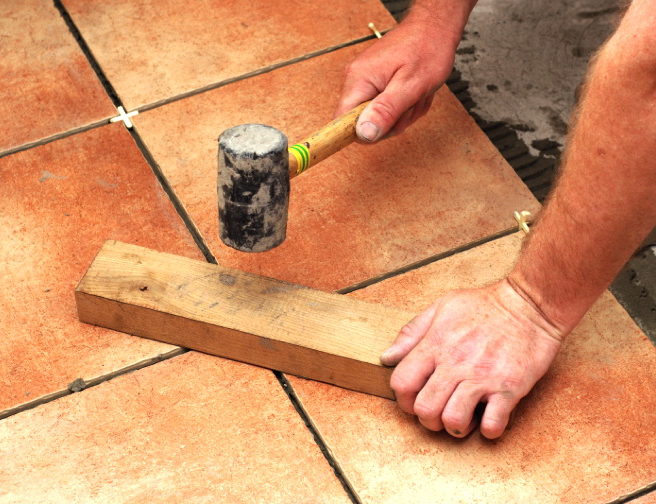
IMPORTANT! A prerequisite for a successful result is the uniform filling of the space under the tile with adhesive. During the installation of this finishing material, voids should not be allowed to form. Otherwise, the tiles in such places can easily crack even with a slight load.
Based on the above, we can conclude that, if necessary, it is still possible to lay ceramic wall tiles on the floor. But given the nuances that will have to be encountered in the process, it is recommended to do this only in certain cases in the absence of more suitable material for this purpose. If you lay wall tiles on the floor taking into account the necessary recommendations, there is a high probability that they will serve for a long time and reliably.




